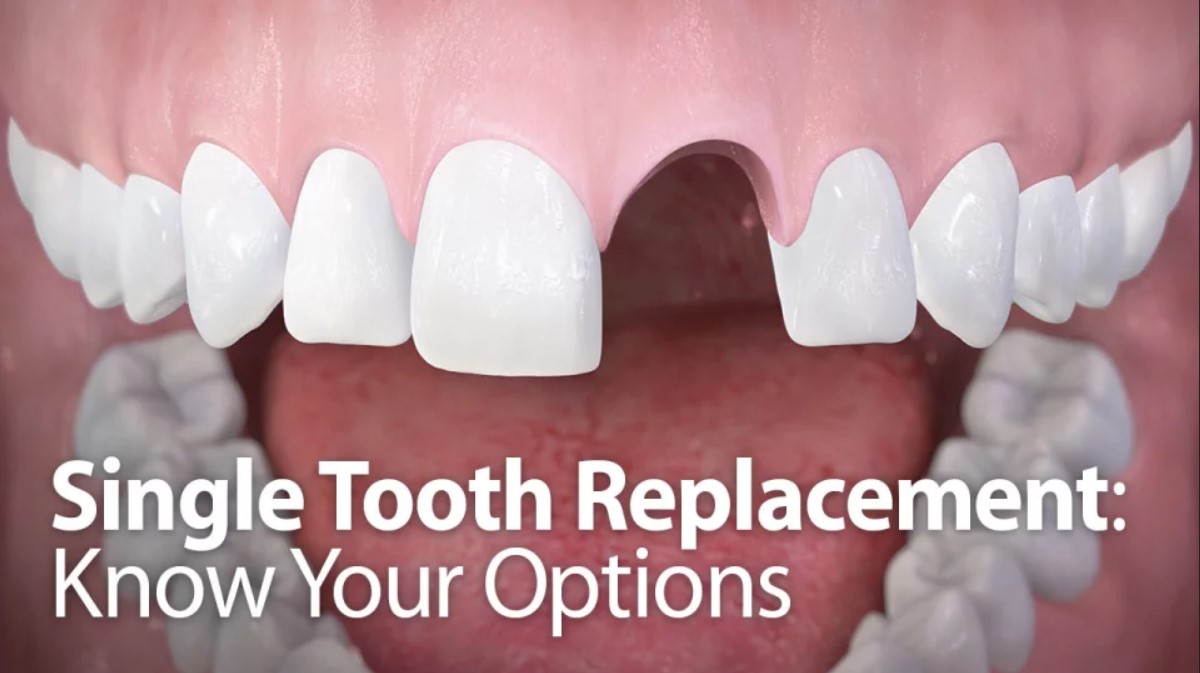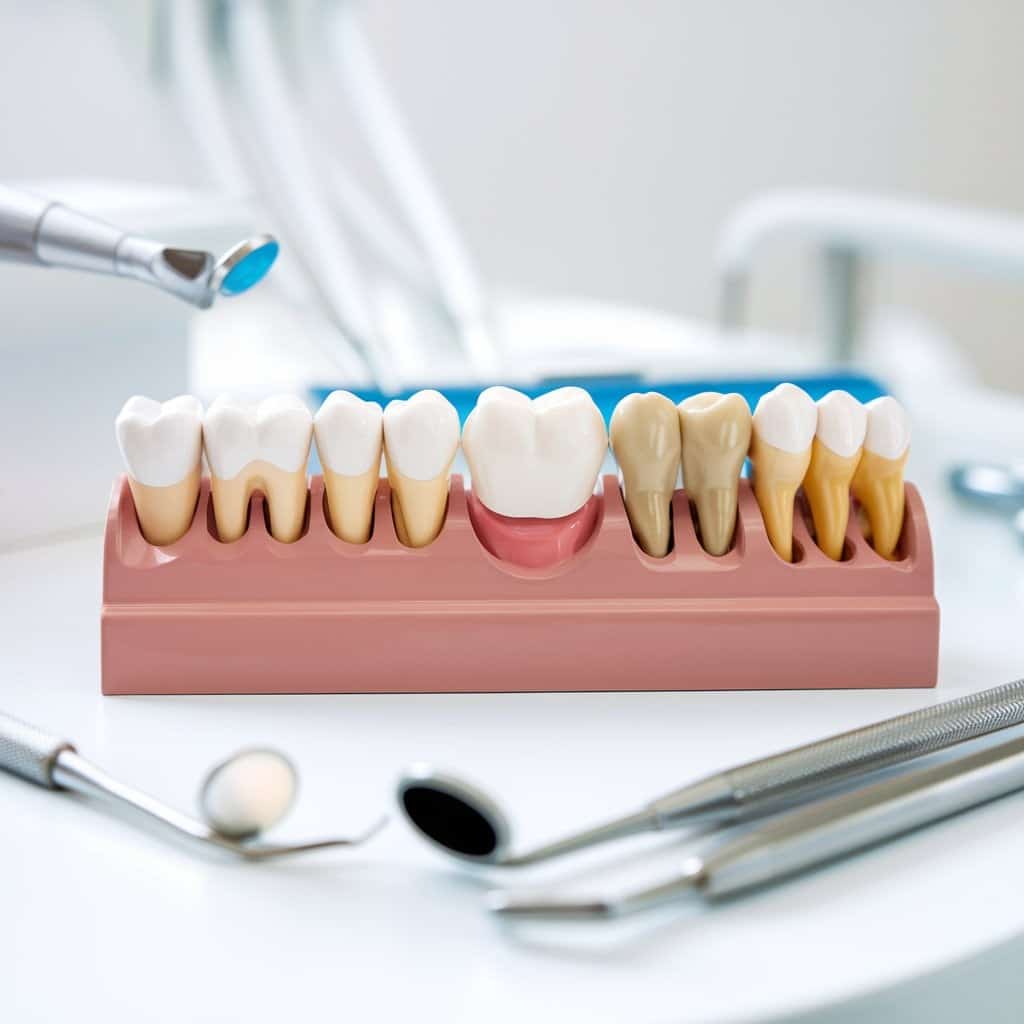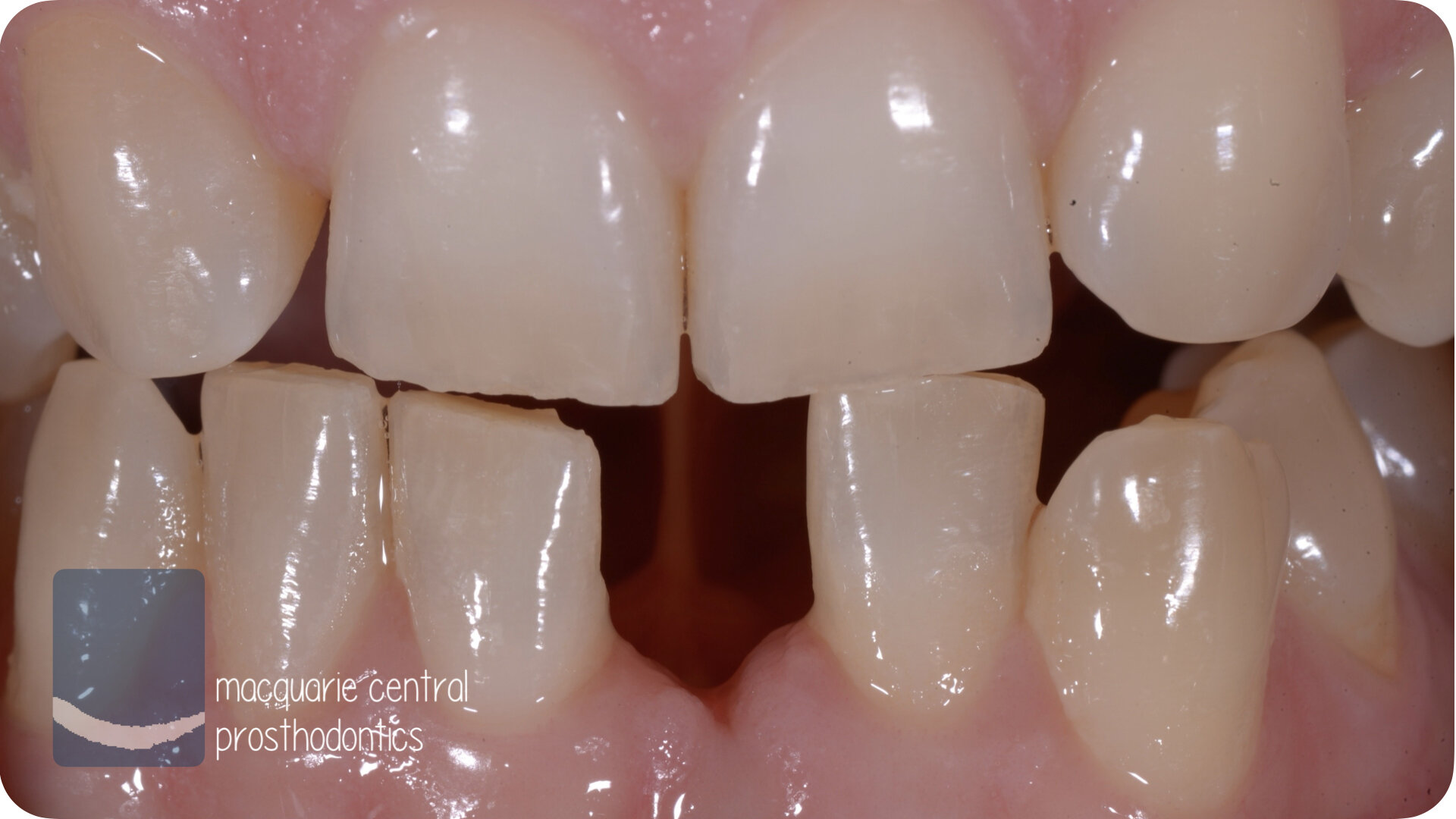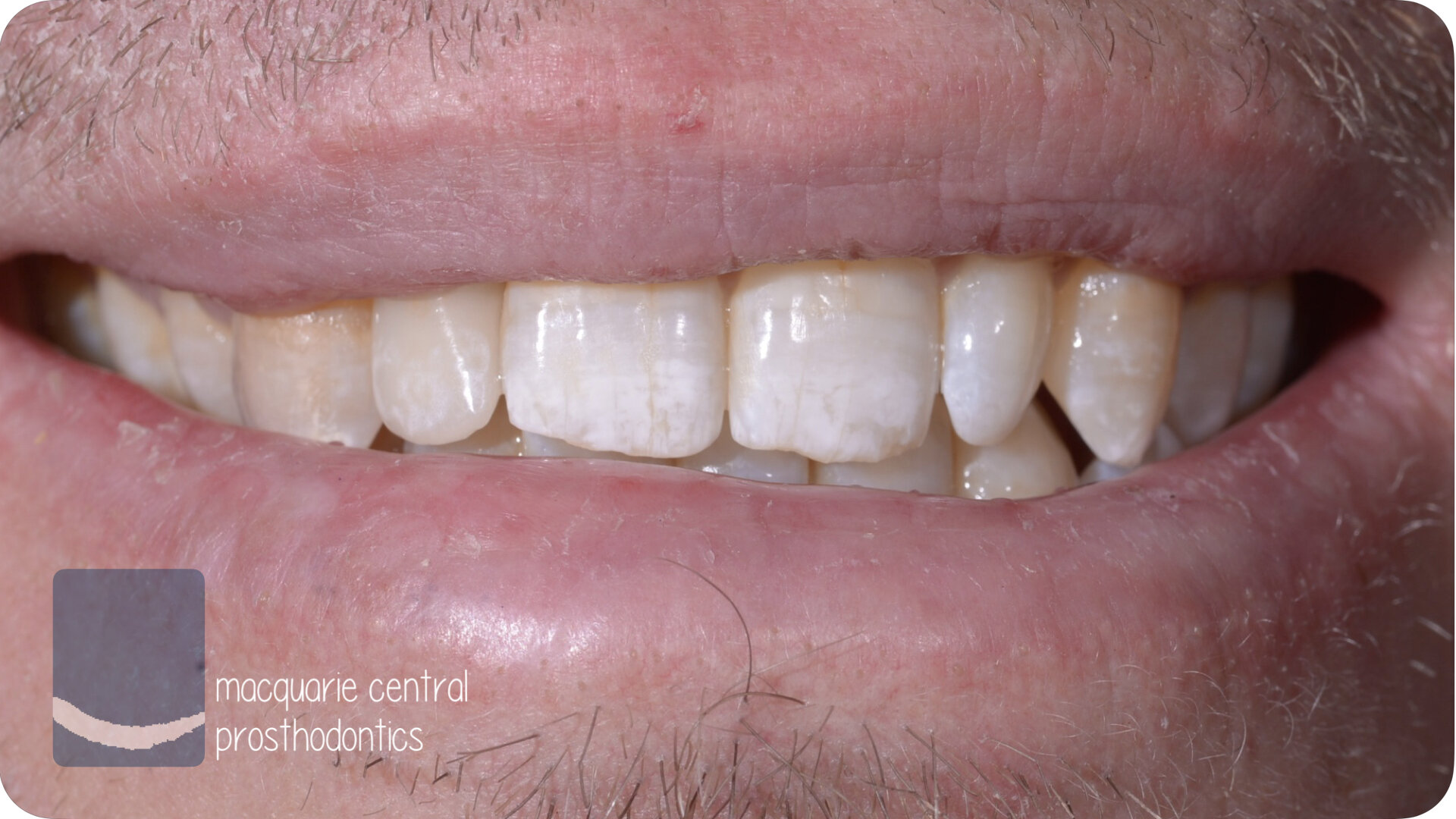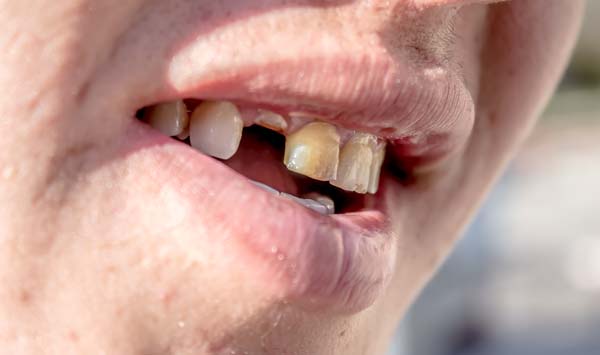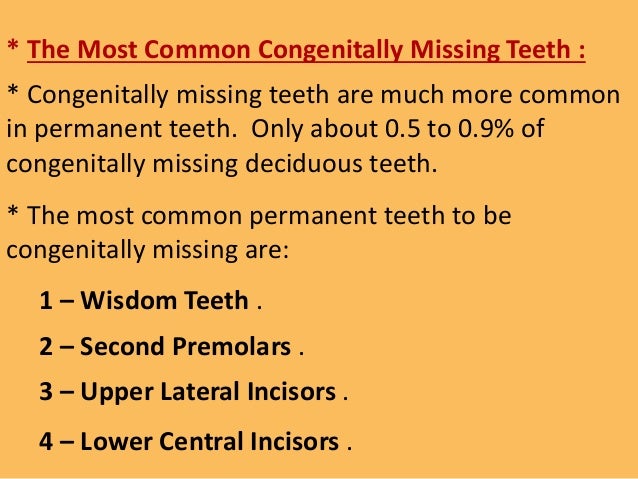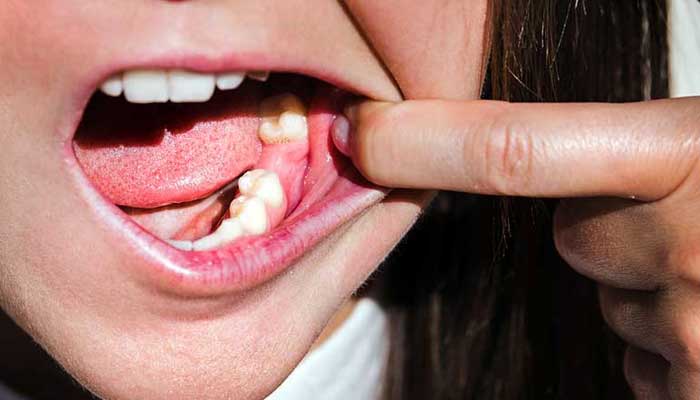A Single Missing Tooth Is Most Commonly Replaced By A
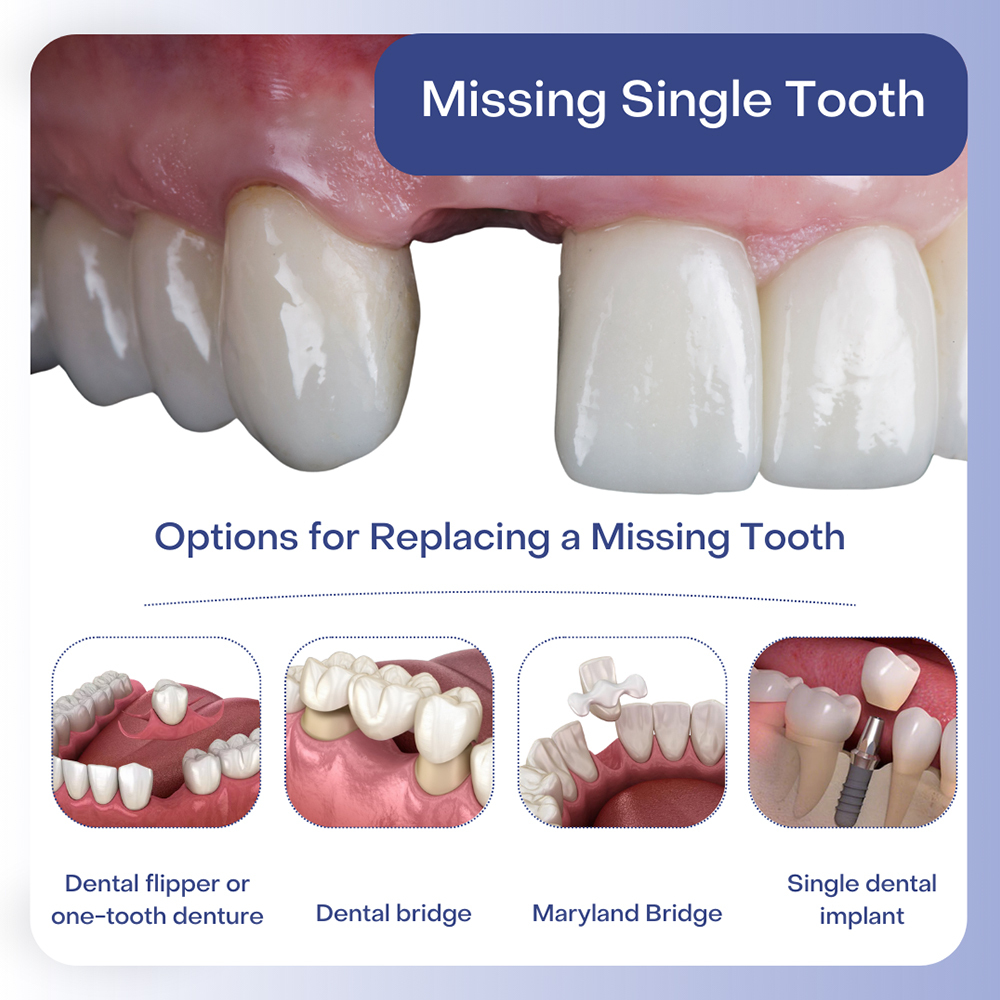
The silence a missing tooth leaves is more than just aesthetic. Beyond the cosmetic impact, a gap can trigger a cascade of oral health complications, from shifting teeth to jawbone deterioration. For millions facing this common issue, the question is not whether to replace it, but how.
Understanding the leading solution, and the factors influencing choice, is crucial for both patients and dental professionals. This article delves into the prevalent method for single tooth replacement, exploring its advantages, limitations, and the alternatives available.
The Dental Implant: Gold Standard for Single Tooth Replacement
According to the American Academy of Implant Dentistry (AAID) and corroborated by data from the American Dental Association (ADA), a dental implant is now widely considered the gold standard for replacing a single missing tooth. This procedure involves surgically placing a titanium post into the jawbone, which then fuses with the bone through a process called osseointegration.
Once integrated, a custom-made crown is attached to the implant, mimicking the appearance and function of a natural tooth. The appeal lies in its stability, longevity, and bone-preserving qualities.
Advantages of Dental Implants
One of the primary benefits is the prevention of bone loss. When a tooth is lost, the jawbone in that area begins to resorb, potentially leading to facial changes and affecting the stability of adjacent teeth.
Dental implants stimulate bone growth, maintaining the integrity of the jaw. Unlike other options, they do not rely on adjacent teeth for support, preventing wear and tear on healthy teeth.
Implants offer unparalleled stability. Patients can eat, speak, and smile with confidence, without the slippage or discomfort associated with removable dentures.
Furthermore, with proper care, dental implants can last a lifetime. This makes them a cost-effective solution in the long run.
Potential Drawbacks and Considerations
Despite their advantages, dental implants aren't without potential downsides. The surgical procedure carries risks, including infection, nerve damage, and sinus problems.
The cost of dental implants can be significantly higher than other options. This presents a barrier for some patients, even with the long-term benefits.
Osseointegration, the process of bone fusion, can take several months. The patient needs to be patient and take proper care after the surgery.
Alternatives to Dental Implants
While dental implants are often the preferred solution, alternative methods exist. These options may be more suitable for patients with certain medical conditions, financial constraints, or anatomical limitations.
Tooth-Supported Bridge
A traditional tooth-supported bridge involves creating a prosthetic tooth (pontic) that is anchored to crowns placed on the adjacent teeth (abutments). It's a quicker and less invasive procedure than dental implant surgery.
However, bridges require the alteration of healthy teeth to support the crown. This can increase the risk of decay and other complications in the abutment teeth.
Bridges do not stimulate bone growth in the area of the missing tooth. Therefore, bone loss can still occur.
Resin-Bonded Bridge (Maryland Bridge)
A resin-bonded bridge, also known as a Maryland bridge, is another option that requires less alteration of the adjacent teeth. The pontic is attached to the abutment teeth with metal or porcelain wings that are bonded to the back surfaces of the teeth.
While less invasive than a traditional bridge, resin-bonded bridges are generally less stable and durable. They are more prone to debonding or fracturing.
They are typically recommended for replacing front teeth that are not subjected to heavy biting forces.
Removable Partial Denture
A removable partial denture is a less permanent and more affordable solution. It consists of a replacement tooth attached to a plastic or metal framework that clasps onto the remaining teeth.
Partial dentures are removable for cleaning and offer a non-invasive option. However, they can be uncomfortable, affect speech, and may contribute to bone loss and the shifting of adjacent teeth.
Many patients find partial dentures less aesthetically pleasing and prefer a more stable, permanent solution.
Factors Influencing Treatment Choice
The decision of which tooth replacement option to pursue depends on several factors. These include the patient's overall health, bone density, the location of the missing tooth, and financial considerations.
A thorough evaluation by a dentist or oral surgeon is essential to determine the most appropriate treatment plan. This evaluation includes a clinical examination, X-rays, and a discussion of the patient's goals and expectations.
Patients with systemic diseases, such as uncontrolled diabetes, may not be ideal candidates for dental implants. Adequate bone density is crucial for successful implant placement.
Expert Perspectives
Dr. Emily Carter, a prosthodontist with over 20 years of experience, emphasizes the importance of patient education. "It's crucial that patients understand the pros and cons of each option," she states. "A well-informed patient can make the best decision for their individual circumstances."
Dr. David Lee, an oral and maxillofacial surgeon, highlights the advancements in implant technology. "Improved surgical techniques and biocompatible materials have significantly increased the success rate of dental implants," he notes. "We are now able to offer predictable and long-lasting results for most patients."
The Future of Single Tooth Replacement
Research and development continue to drive advancements in tooth replacement options. New materials, such as zirconia implants, are being explored to offer improved aesthetics and biocompatibility.
Guided surgery, using advanced imaging and computer-aided design, is becoming increasingly common. It allows for more precise implant placement and reduced surgical risks.
Ultimately, the goal is to provide patients with solutions that are not only functional and aesthetically pleasing but also promote long-term oral health.
While the dental implant remains the most frequently chosen method for single tooth replacement, the decision is best made in conjunction with a dental professional. Individual needs and circumstances should guide the path to a complete and healthy smile.

